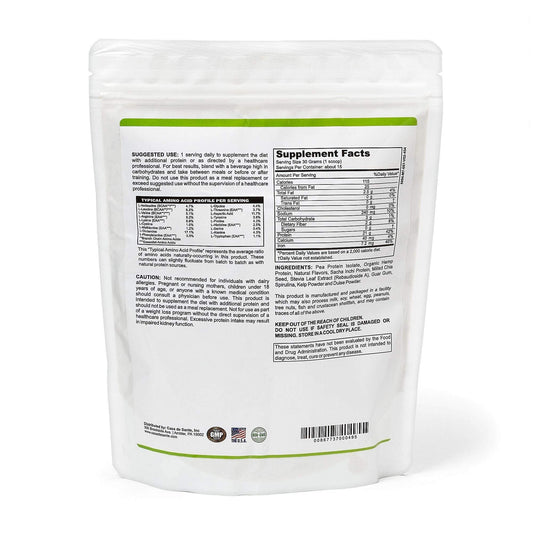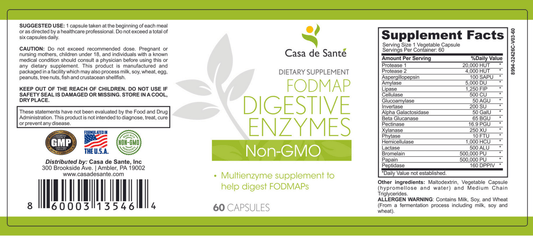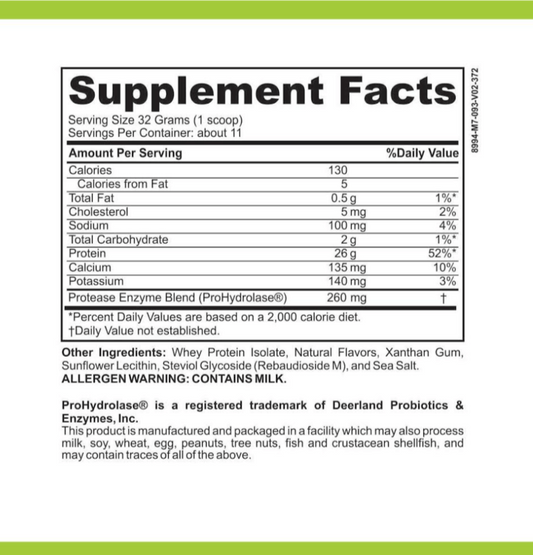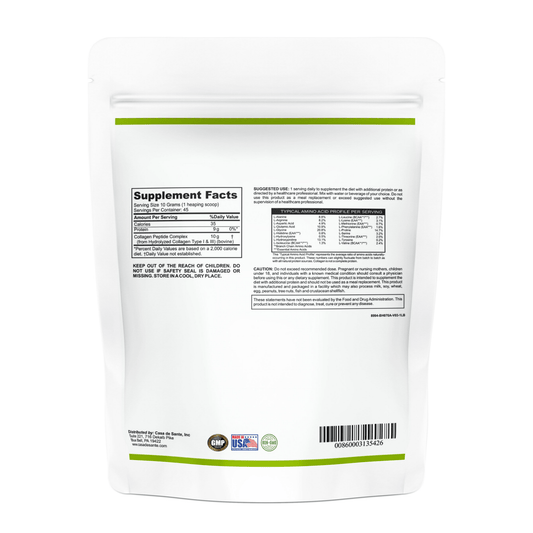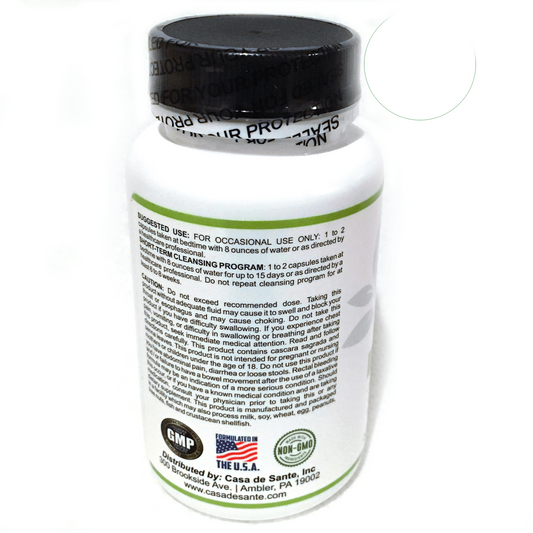Understanding the Pots Test at Home: A Comprehensive Guide for Self-Assessment
If you suspect you might have Postural Orthostatic Tachycardia Syndrome (POTS), understanding how to assess your symptoms at home can be a game changer. The pots test at home, particularly the sit-stand test, can help you gather information about your condition before seeking professional help. This guide will walk you through what POTS is, how to perform the test, and how to advocate for yourself in the healthcare system.
Key Takeaways
- POTS can be tricky to diagnose due to its similar symptoms with other conditions.
- The sit-stand test is a simple way to check for POTS symptoms at home.
- Keeping a symptom diary can help you communicate better with your doctor.
- Don't hesitate to seek a second opinion if you feel your concerns are not being taken seriously.
- Connect with support groups or online communities for shared experiences and advice.
Understanding POTS Syndrome: Symptoms and Diagnosis
POTS, or Postural Orthostatic Tachycardia Syndrome, falls under the umbrella of orthostatic intolerance disorders. Blood pressure and heart rate issues are key indicators. It's tricky because POTS can look like other things, delaying proper help. Many doctors aren't familiar with POTS, which makes things even harder.
Key Characteristics of POTS
The main thing about POTS is that your heart rate goes up too much when you stand up. This happens because your body has trouble regulating blood pressure. It's considered excessive when the heart rate increases by 30 beats per minute (bpm) or more within 10 minutes of standing, or goes above 120 bpm. This is in adults; for adolescents, the criteria may differ slightly. This increase is more than just feeling a little winded after standing up quickly; it's a sustained, noticeable change.
Common Symptoms to Watch For
Besides the increased heart rate, POTS comes with a bunch of other symptoms. These can vary a lot from person to person, making it hard to pin down. Here are some common ones:
- Lightheadedness or dizziness
- Brain fog and trouble concentrating
- Fatigue
- Headaches
- Nausea
Getting diagnosed with POTS can be a real challenge. It's often misdiagnosed or missed because the symptoms are all over the place and can seem like other conditions. There isn't one single test that says, "Yep, that's POTS!" So, people often get misdiagnosed, their symptoms are brushed off, or they wait a long time to get the right care.
Importance of Accurate Diagnosis
Getting the right diagnosis is super important. If POTS isn't diagnosed correctly, people might get treatment for something else, which won't help their POTS symptoms. Plus, living with undiagnosed POTS can really mess with your quality of life. An accurate diagnosis opens the door to proper management strategies, like lifestyle changes, medication, and therapies, that can make a big difference. If you suspect you have POTS, consider getting a tilt table test to confirm your diagnosis.
The Role of the Sit-Stand Test in POTS Diagnosis
The sit-stand test is often called the "Poor Man's Tilt Table Test." It's a simple way to get some initial clues about whether you might have POTS. It's not perfect, but it can give you information to discuss with your doctor. It's easy to do at home, and doesn't require any special equipment.
How to Perform the Sit-Stand Test
Here's how to do the sit-stand test:
- Sit quietly for at least 5 minutes. This helps your body get to a resting state.
- Measure your heart rate and blood pressure while sitting. Write these down; they're your baseline.
- Stand up and remain still. Try not to move around too much.
- Measure your heart rate and blood pressure at 1 minute, 3 minutes, 5 minutes, and 10 minutes after standing. Record each measurement.
Interpreting Your Results
A heart rate increase of 30 beats per minute (bpm) or more within 10 minutes of standing may suggest POTS. For those aged 12-19, the increase needs to be 40 bpm or more. It's important that this increase happens without a significant drop in blood pressure. If you see this pattern, it's worth discussing with a healthcare provider. They can consider this information along with your symptoms and medical history to determine if further testing, like a tilt table test, is needed.
Limitations of the Sit-Stand Test
While the sit-stand test can be helpful, it's not a definitive diagnostic tool. Here are some things to keep in mind:
- It's not as controlled as a tilt table test. Factors like room temperature, hydration levels, and recent activity can affect the results.
- It doesn't capture the full range of POTS symptoms. Some people may have a normal heart rate response but still experience other symptoms like dizziness or fatigue.
- It shouldn't replace a thorough medical evaluation. A doctor needs to consider your entire medical history and perform other tests to rule out other conditions.
The sit-stand test is a screening tool, not a diagnosis. Think of it as a starting point for a conversation with your doctor. If your results are concerning, don't panic. Just use the information to advocate for yourself and get the care you need.
Common Misdiagnoses and How to Avoid Them
POTS is often misdiagnosed because its symptoms can look a lot like other conditions. It's important to know this so you can ask for the right tests and get a real diagnosis.
Conditions That Mimic POTS
Sometimes, POTS gets confused with other health issues. For example:
- Anxiety or panic disorders: A racing heart and feeling dizzy can seem like anxiety.
- Heart arrhythmias: Irregular heartbeats might be mistaken for the fast heart rate in POTS.
- Inappropriate sinus tachycardia: This is another condition with a high heart rate that can be confused with POTS.
- POTS and fibromyalgia share some symptoms, like fatigue and brain fog.
Recognizing Misdiagnosis Signs
It can be frustrating when POTS is misdiagnosed. Here are some signs that might mean you're not getting the right diagnosis:
- Doctors tell you it's "all in your head."
- You get diagnosed with a psychiatric condition when it's not the real issue.
- You're going through lots of tests, but nothing seems to explain your symptoms.
Being misdiagnosed can have serious consequences. It can delay the correct diagnosis by years, lead to unnecessary and expensive tests, and even result in inappropriate psychiatric diagnoses. Some people end up severely disabled because they don't get the right treatment.
Importance of Specialist Consultation
Finding a doctor who knows about POTS is super important. Don't be afraid to switch doctors if you feel like they're not listening or understanding. Look for a specialist who can properly evaluate your symptoms and consider POTS as a possibility. Getting the right diagnostic tests are key to correctly identifying POTS and avoid a misdiagnosis with other conditions.
To avoid misdiagnosis:
- Be specific about your symptoms, especially those related to changes in posture.
- Keep a detailed log of your symptoms, noting when they happen and what triggers them.
- Don't be afraid to ask questions and push for a comprehensive evaluation.
Advocating for Yourself: How to Ensure You Get the Right Diagnosis
It can be tough getting a POTS diagnosis. A survey showed that many patients travel far to see specialists, highlighting the need to find knowledgeable doctors. It's important to be your own advocate.
Tips for Self-Advocacy
Self-advocacy is super important when you're trying to get a POTS diagnosis. Here are some things that might help:
- Come prepared. Write down all your symptoms, questions, and concerns before your appointments. Bring your symptom diary and any medical records that might be relevant.
- Communicate clearly. Be specific about your symptoms and how they affect your life. Don't downplay anything.
- Ask questions. For example, "Are you familiar with POTS?" or "What tests do you recommend?" or "Can you refer me to a specialist?"
Remember, you know your body best. If you feel like something isn't right, keep pushing for answers. Don't be afraid to seek a second opinion if you feel like your concerns aren't being taken seriously.
Preparing for Medical Appointments
Going to the doctor can be stressful, especially when you're not feeling well. Here's how to make the most of your appointments:
- Keep a detailed record of your symptoms, including when they started, how often they occur, and what seems to trigger them.
- List all medications and supplements you're taking.
- Write down any questions you have for the doctor.
Finding the Right Specialist
Finding a doctor who understands POTS is key. Here's how to look for one:
- Ask your primary care physician for a referral.
- Look for doctors who specialize in dysautonomia or autonomic disorders.
- Check online directories and support groups for recommendations.
It might take some time, but finding the right specialist is worth it. They can provide the accurate diagnosis and treatment you need.
Taking Control of Your Health: At-Home Assessment Techniques

It can feel like you're just waiting around for answers when you suspect you have POTS. But there are things you can do at home to get a better handle on what's going on with your body and prepare for doctor's appointments. These at-home techniques can give you valuable information and help you feel more in control.
Using Symptom Trackers Effectively
Keeping track of your symptoms is super important. It's like being a detective, gathering clues about your own body. Instead of just vaguely remembering that you felt bad last Tuesday, you'll have specific details.
Here's how to make the most of a symptom tracker:
- Be consistent: Log your symptoms every day, even if you feel okay. This helps you see patterns over time.
- Be specific: Note exactly what you're feeling (e.g., "lightheaded," "heart racing," "nausea").
- Include context: Write down what you were doing, eating, or feeling emotionally before the symptom started. Did it happen after a big meal? After standing for a long time? After a stressful phone call?
- Rate the severity: Use a scale (like 1-10) to rate how bad the symptom is. This helps you see if things are getting better or worse.
A good symptom tracker should include date, time, symptoms experienced, severity of symptoms, potential triggers, medications taken, food consumed, and activity level. This detailed record can be invaluable when discussing your health with a doctor.
Identifying Triggers at Home
Figuring out what makes your symptoms worse is like cracking a code. Once you know your triggers, you can start to avoid them or manage them better. This is where careful observation comes in. Think of yourself as a scientist conducting experiments, but the subject is you! Pay attention to these things:
- Food: Do certain foods make your heart race or cause dizziness? Common culprits include high-sodium foods, sugary drinks, and alcohol.
- Activity: Does standing for long periods, exercising, or even just walking around the house make you feel worse? Note the intensity and duration of the activity.
- Environment: Is there a connection between your symptoms and the weather, temperature, or altitude? Some people with POTS are very sensitive to heat or changes in air pressure.
- Stress: Does stress make your symptoms flare up? Keep track of stressful events and your emotional state.
Simple At-Home Tests for POTS
While you can't officially diagnose yourself with POTS at home, there are some simple tests you can do to gather information and see if your symptoms align with POTS. The most common one is the sit-stand test. Here's how to do it:
- Lie down for 10 minutes. This helps stabilize your heart rate and blood pressure.
- Measure your heart rate and blood pressure while lying down. Write these numbers down.
- Stand up and remain standing still. Don't walk around.
- Measure your heart rate and blood pressure again at 1 minute, 3 minutes, 5 minutes, and 10 minutes after standing. Record each measurement.
If your heart rate increases by 30 beats per minute (bpm) or more within 10 minutes of standing (or 40 bpm for those aged 12-19), and this happens without a significant drop in blood pressure, it could be a sign of POTS. This sit-stand test isn't a substitute for a doctor's evaluation, but it can give you something concrete to discuss with your healthcare provider.
Navigating the Healthcare System for POTS Diagnosis
Understanding the Testing Process
Okay, so you think you might have POTS. What's next? Well, getting a diagnosis can feel like a maze. The first step is usually talking to your primary care doctor. They might do some basic tests, like checking your blood pressure and heart rate. If they suspect POTS, they'll probably refer you to a specialist. The tilt table test is often considered the gold standard for diagnosing POTS. During this test, you're strapped to a table that moves you from lying down to standing up. Your heart rate and blood pressure are monitored to see how your body reacts to the change in position. Other tests might include a standing test, which is like a simpler version of the tilt table test, or blood tests to rule out other conditions.
Communicating with Healthcare Providers
Talking to doctors about POTS can be tricky. It's a good idea to keep a detailed record of your symptoms. This can be a simple notebook or a fancy app – whatever works for you. Write down when your symptoms happen, what seems to trigger them, and how they affect your daily life. Bring this record to your appointments. Don't be afraid to ask questions! If a doctor uses medical jargon you don't understand, ask them to explain it in plain language. If you feel like you're not being heard, it's okay to speak up. Remember, you know your body best.
Seeking Second Opinions
Sometimes, getting a POTS diagnosis can take a while. It's not uncommon for people to be misdiagnosed or have their symptoms dismissed. If you're not happy with the care you're receiving, don't hesitate to get a second opinion. Finding a doctor who specializes in POTS or dysautonomia can make a huge difference. They'll be more familiar with the condition and better equipped to diagnose and treat it.
It's important to remember that you are your own best advocate. Don't give up on finding answers and getting the care you need. Stay persistent, keep researching, and don't be afraid to seek out multiple opinions until you find a healthcare team that understands and supports you.
Resources for POTS Patients and Caregivers

Support Groups and Online Communities
Living with POTS can feel isolating, but it's important to remember you're not alone. Connecting with others who understand what you're going through can make a huge difference. Support groups and online communities offer a space to share experiences, ask questions, and find emotional support. These groups can provide practical tips for managing symptoms and navigating the healthcare system. They also offer a sense of belonging and validation, which is especially important when dealing with a condition that's often misunderstood. Consider these options:
- Local POTS support groups (check with your local hospital or clinic).
- Online forums and social media groups dedicated to POTS.
- National organizations that offer support and resources.
Finding a community that understands POTS can significantly improve your quality of life. Sharing experiences and learning from others can provide valuable insights and emotional support.
Educational Materials and Guides
Staying informed about POTS is key to managing your condition effectively. There are many POTS guides and educational materials available to help you understand the condition, its symptoms, and treatment options. These resources can empower you to advocate for yourself and make informed decisions about your healthcare. Look for materials from reputable sources, such as medical organizations, patient advocacy groups, and healthcare professionals specializing in POTS. Some helpful resources include:
- Websites with articles, videos, and infographics about POTS.
- Books and guides written by experts in the field.
- Webinars and online courses on POTS management.
Connecting with Healthcare Professionals
Finding the right healthcare professionals is essential for accurate diagnosis and effective treatment. It's important to work with doctors who are knowledgeable about POTS and willing to listen to your concerns. This might involve seeing a cardiologist, neurologist, or other specialists. Building a strong relationship with your healthcare team can help you feel more confident and supported in your journey. Here's how to connect with the right professionals:
- Ask your primary care physician for referrals to specialists experienced in treating POTS.
- Search online directories of healthcare providers specializing in autonomic disorders.
- Seek recommendations from other POTS patients in support groups or online communities.
Wrapping It Up: Your POTS Journey
So, there you have it. Understanding POTS and how to test for it at home can feel like a lot, but taking it step by step makes it manageable. Remember, tracking your symptoms and knowing what to look for can really help when you talk to your doctor. It’s all about being your own advocate. Don’t hesitate to ask questions or seek out specialists who get what you’re going through. Your health matters, and getting the right diagnosis is key. Keep pushing forward, and don’t lose hope. You’re not alone in this journey.
Frequently Asked Questions
What is POTS and what are its main symptoms?
POTS stands for Postural Orthostatic Tachycardia Syndrome. It mainly causes a fast heart rate when standing up, along with symptoms like dizziness, lightheadedness, and fatigue.
How can I perform the Sit-Stand Test at home?
To do the Sit-Stand Test, sit quietly for 5 minutes, then measure your heart rate and blood pressure. Stand up and stay still, measuring your heart rate and blood pressure again at 1, 3, 5, and 10 minutes.
Why is POTS often misdiagnosed?
POTS can be mistaken for other conditions because its symptoms are similar to many other health issues. This can lead to delays in getting the right diagnosis.
What should I do if I think I have POTS?
Start by tracking your symptoms and identifying any triggers. Research POTS, prepare for your doctor visits with your notes, and consider simple tests like the Sit-Stand Test.
How can I advocate for myself when seeking a POTS diagnosis?
Be informed about POTS, keep a detailed record of your symptoms, and don’t hesitate to ask questions during medical appointments. Seeking specialists who know about POTS is also important.
What resources are available for POTS patients?
There are many resources such as support groups, educational materials, and online communities where you can connect with others who understand POTS and share experiences.


